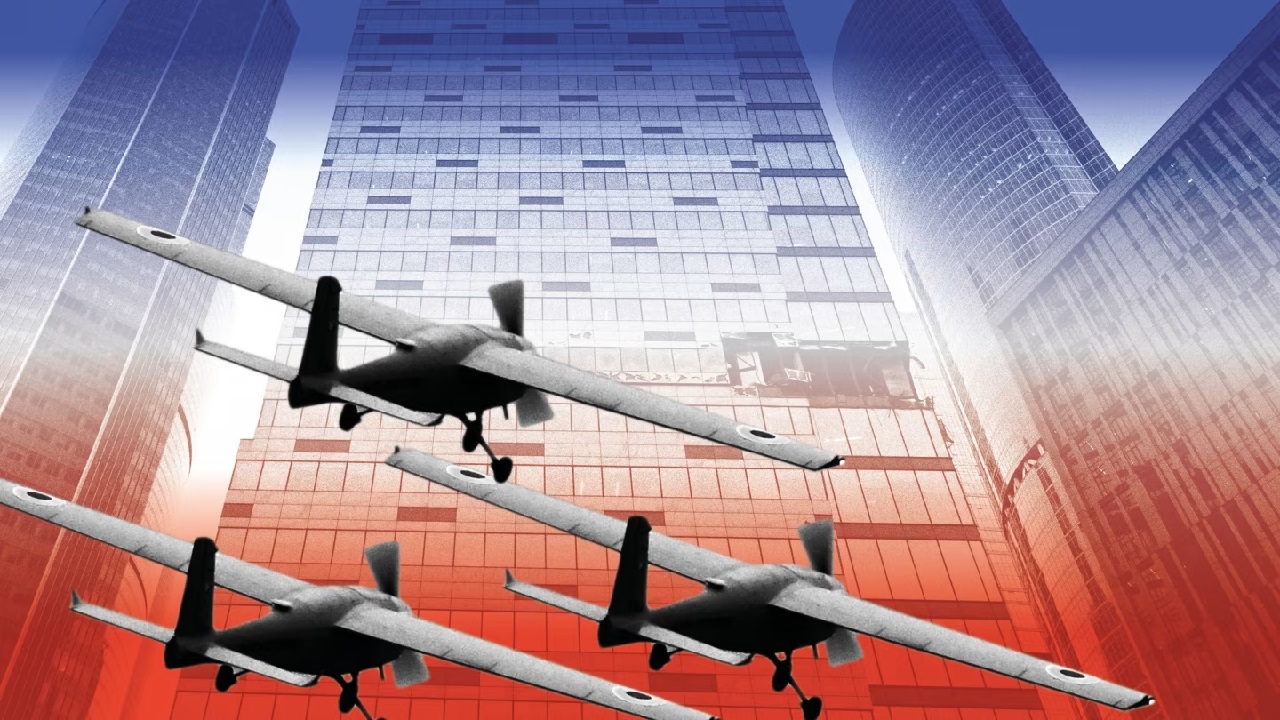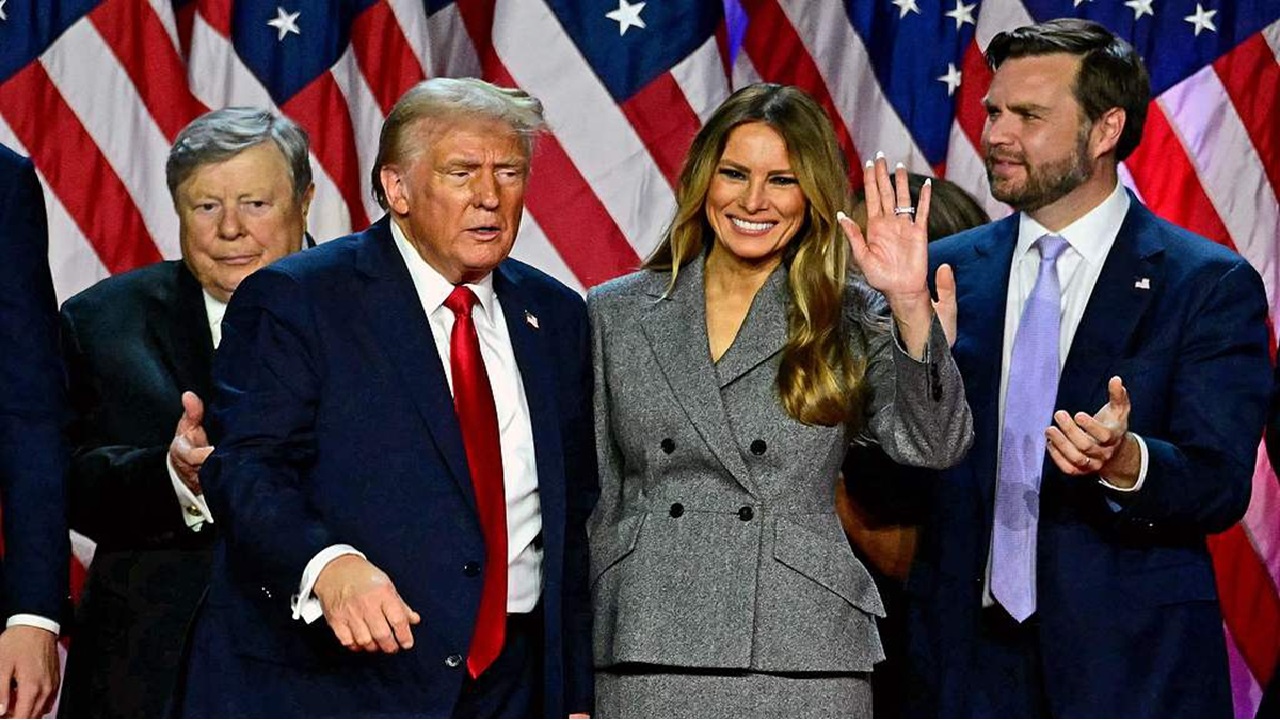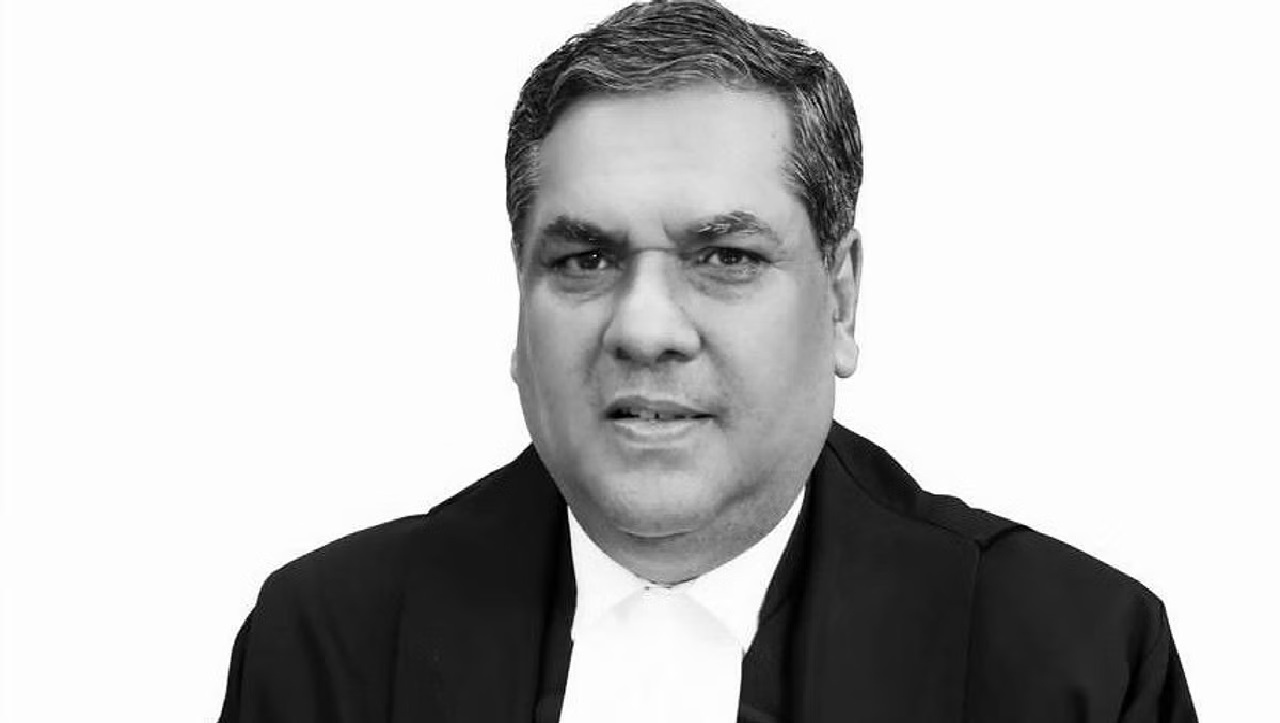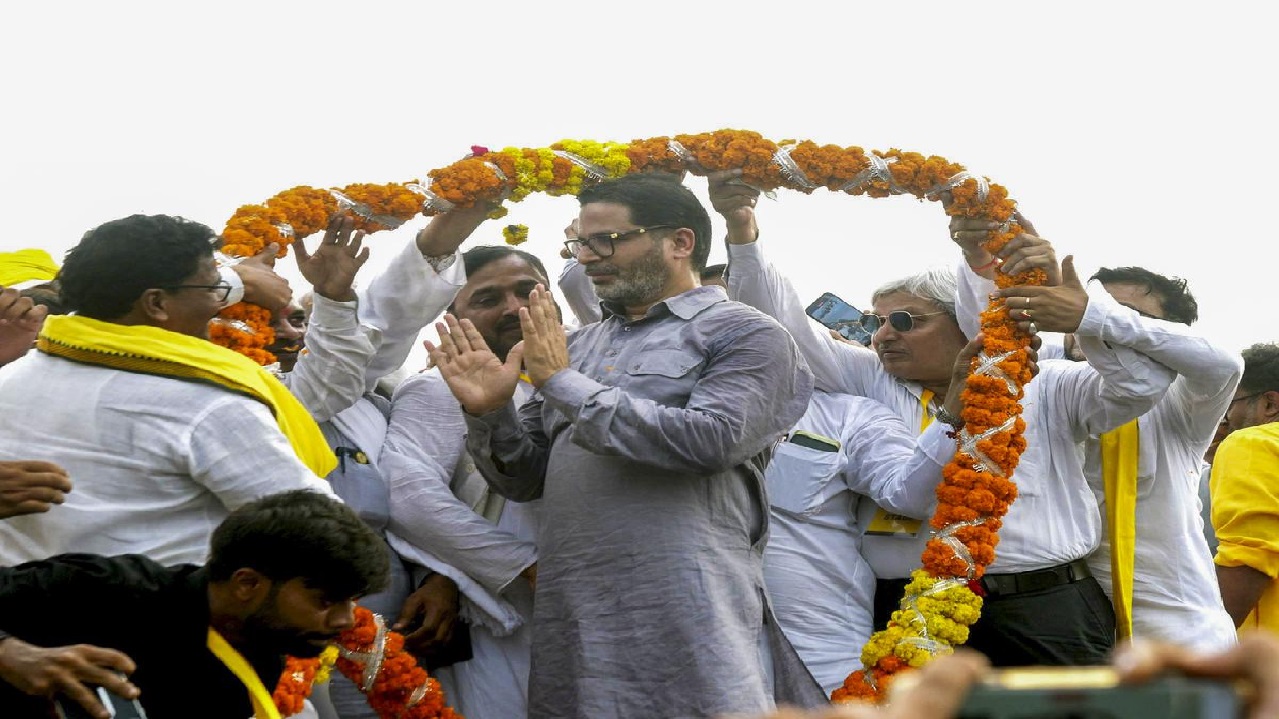Tinderbox in the Skies: Drone Ambush, Missile Storms, and Presidential Fury Shake the Ukraine War Front
Near-Death in the Skies: Putin Escapes Drone Ambush in Kursk
In a dramatic escalation of the Russia-Ukraine war, Russian President Vladimir Putin narrowly avoided a potential assassination when a Ukrainian drone allegedly attempted to intercept his helicopter in the volatile Kursk region, close to the Ukrainian border. Russian state media, quoting unnamed defense officials, claimed that air defense systems neutralized the drone moments before it reached Putin’s flight path during a late-night mission.
The attack came during Putin’s first visit to the region since Moscow declared it had regained control from Ukrainian incursions in April. Described by Russian sources as a “coordinated and deliberate” strike, the incident has raised serious questions about security lapses and Ukraine’s growing psychological and strategic warfare capabilities. Kyiv has remained silent on the matter, maintaining a longstanding policy of ambiguity around cross-border operations.
Fire and Fury: Russia Unleashes Largest-Ever Drone and Missile Barrage on Kyiv
In a chilling display of retaliatory power—or perhaps calculated escalation—Russia launched its largest drone-and-missile assault on Ukraine just hours after the Kursk incident. At least 367 aerial weapons—including 298 Iranian-designed Shahed drones and 69 missiles—rained down on Kyiv and several regions, killing 12 civilians and wounding dozens more. Ukrainian air force spokesperson Yuriy Ihnat described the barrage as “unprecedented in scale,” and one of the most brutal nights in the three-year-long conflict.
This massive attack underscores Moscow’s persistent air dominance and signals that Putin may be intensifying his offensive as peace proposals from the West languish. Ukrainian defenses intercepted many of the incoming threats, but the sheer volume of firepower overwhelmed systems in multiple cities.
The Trump Factor: US President Slams Both Putin and Zelenskyy
Adding an explosive diplomatic twist, U.S. President Donald Trump condemned both Vladimir Putin and Ukrainian President Volodymyr Zelenskyy in unusually direct terms. In a fiery Truth Social post, Trump branded Putin as “absolutely CRAZY” for orchestrating such wanton destruction. He warned that any attempt to take all of Ukraine would “lead to the downfall of Russia,” a stark departure from his previously warmer tone toward the Kremlin leader.
However, Trump didn’t spare Ukraine’s leadership either. He criticized Zelenskyy’s rhetoric as provocative and counterproductive, accusing the Ukrainian president of escalating tensions rather than diffusing them. “Everything out of his mouth causes problems,” Trump declared, arguing that the war would never have occurred under his administration. His comments cast the conflict as a failure of global leadership across the board—pointing fingers at both Biden and European actors as well.
A New, Dangerous Phase of War
This sequence of events reflects a rapidly intensifying and more complex phase of the Russia-Ukraine conflict, one that now weaves military aggression, psychological warfare, and international political friction into a dangerous tapestry.
The Kursk Drone Incident: Strategic Provocation or Assassination Attempt?
If Ukraine indeed attempted to target Putin mid-flight, it marks a bold—and possibly reckless—escalation. Although Kyiv has made no official claim, it would represent a psychological warfare tactic designed to unsettle Russian leadership and demonstrate Ukraine’s extended reach. It also exposes vulnerabilities in Russia’s airspace and presidential security—a potential morale booster for Ukrainian forces.
Russia’s Aerial Onslaught: Deterrence or Desperation?
Russia’s massive drone and missile campaign that followed could be interpreted as a retaliatory show of force. Yet, the sheer scale and civilian toll risk further alienating global opinion. It signals that Russia is not preparing to de-escalate, but rather doubling down on militarization, potentially aided by foreign partners like Iran and possibly North Korea—both sources of concern for the West.
Trump’s Commentary: Firestarter or Peacemaker?
Trump’s dual condemnation injects a volatile narrative into the geopolitical discourse. While his criticism of Putin may help reframe U.S. policy away from passive observation, his attack on Zelenskyy risks undercutting Ukrainian diplomatic standing at a time when it needs Western unity. His repeated claim that this war “would never have started” under his watch frames his potential 2024 campaign as a referendum on war, peace, and American power abroad.
A War on the Brink of Regional Meltdown
The attempted drone strike on President Putin, followed by Russia’s record-breaking air assault and incendiary remarks from a sitting U.S. president, signal a new, unstable chapter in the war. The battlefield is no longer confined to trenches and missile silos—it now includes presidential egos, international diplomacy, and the deadly unpredictability of modern drone warfare.
As ceasefire talks stall and alliances shift, the conflict risks spiralling into a broader regional disaster. With no side showing genuine interest in de-escalation, and with Western voices growing more fractured, the question is no longer if the war will intensify—but how far it will go before someone finally hits the brakes.
(With agency inputs)








